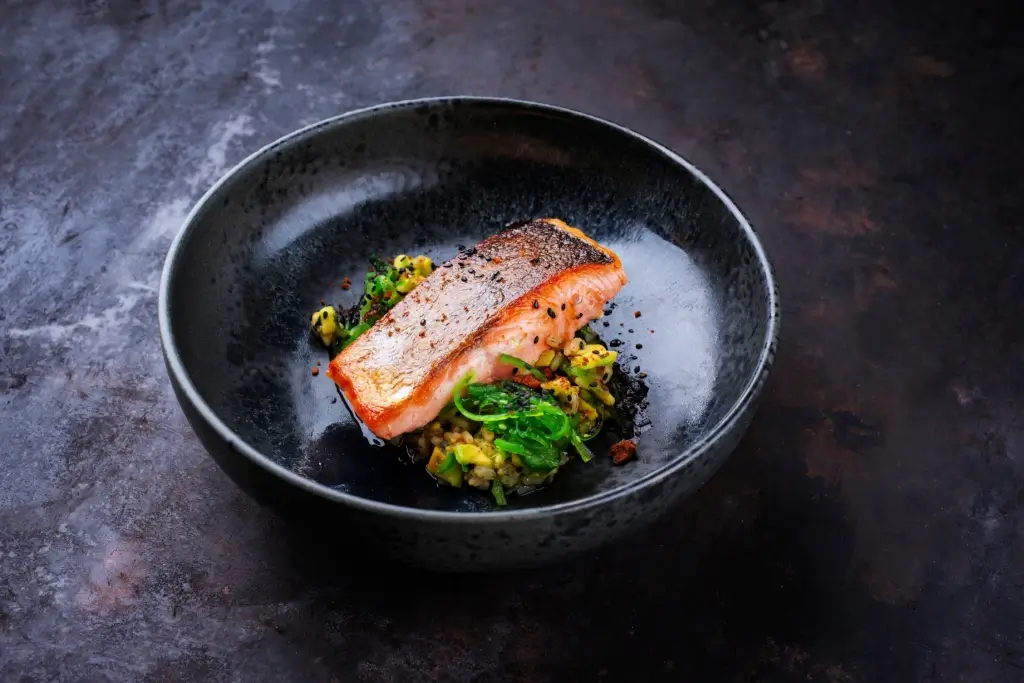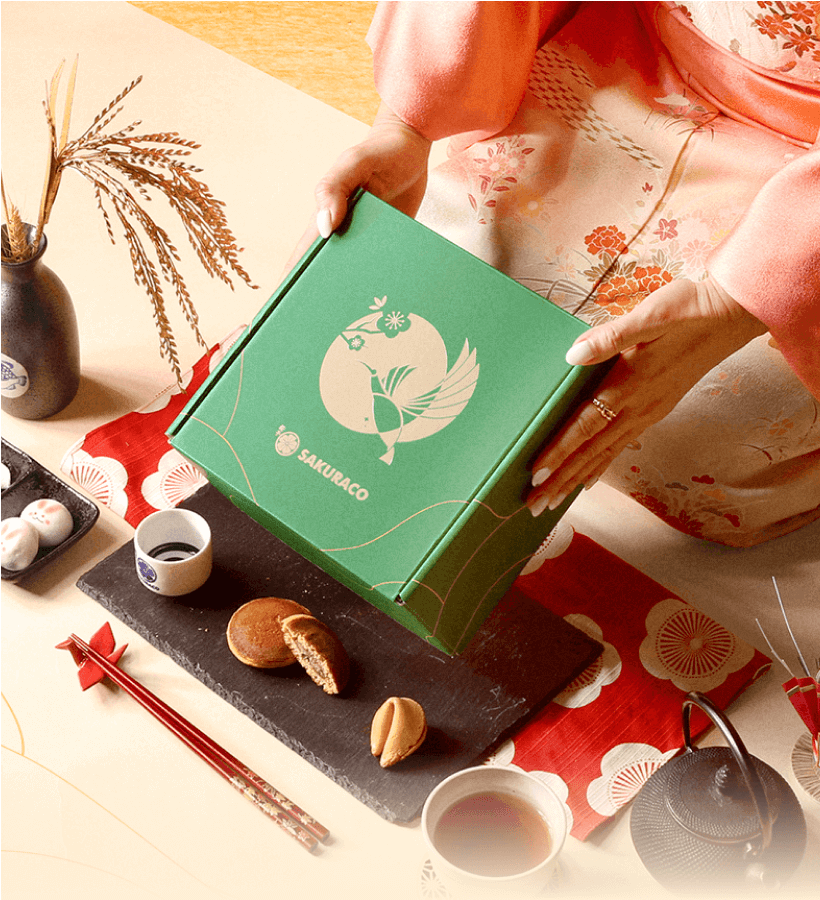As the chilly winds of winter settle in, there’s no better time to explore the rich, comforting flavors of Japanese fish and seafood. With its pristine waters and centuries-old fishing traditions, Japan offers some of the world’s freshest and most unique seafood. Let’s check out a few of them!
Table of Contents
ToggleShishamo
Shishamo, or “willow leaf fish,” is a small, silvery fish found off the coast of Hokkaido. Fishermen named the fish for its slender leaf-like shape and prize it for its roe-filled belly, which is flavorful in winter. Chefs often serve the fish whole, including its skin, bones, and roe, providing diners with a balance of crunch and tenderness. Shishamo is a sustainable catch, making it an eco-friendly choice for seafood lovers.
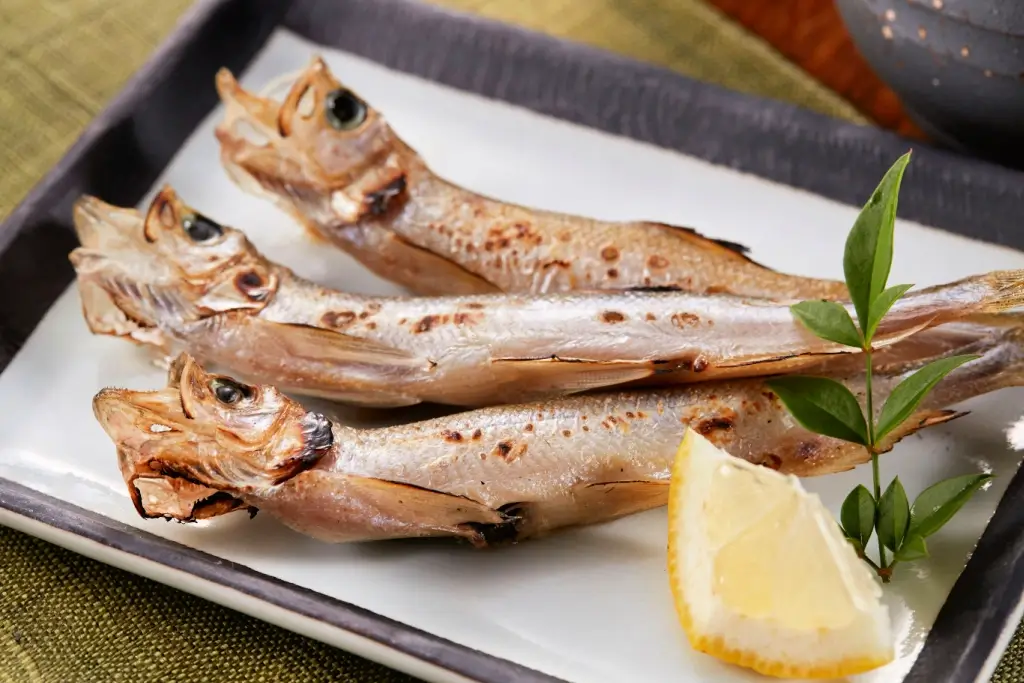
It’s commonly grilled and served with a grated daikon radish and a wedge of lemon. It’s popular in Japanese izakayas, often with warm sake or beer. You might also find it featured in bento boxes, adding a smoky, savory flavor to the meal. Try shishamo alongside a steaming miso soup and rice bowl for a comforting winter treat. Its simplicity and rich flavor make it a favorite across Japan!
Black Tiger Prawns
Black tiger prawns, known for their dark stripes and firm, juicy texture, are a staple of Japanese seafood cuisine. These prawns live in Japan’s coastal waters and are famous for their sweet, meaty flavor. Their large size makes them ideal for various dishes, offering a satisfying bite. In winter, black tiger prawns are popular for their ability to make hearty meals. Packed with protein and low in fat, they are a healthy choice for indulgent dishes.
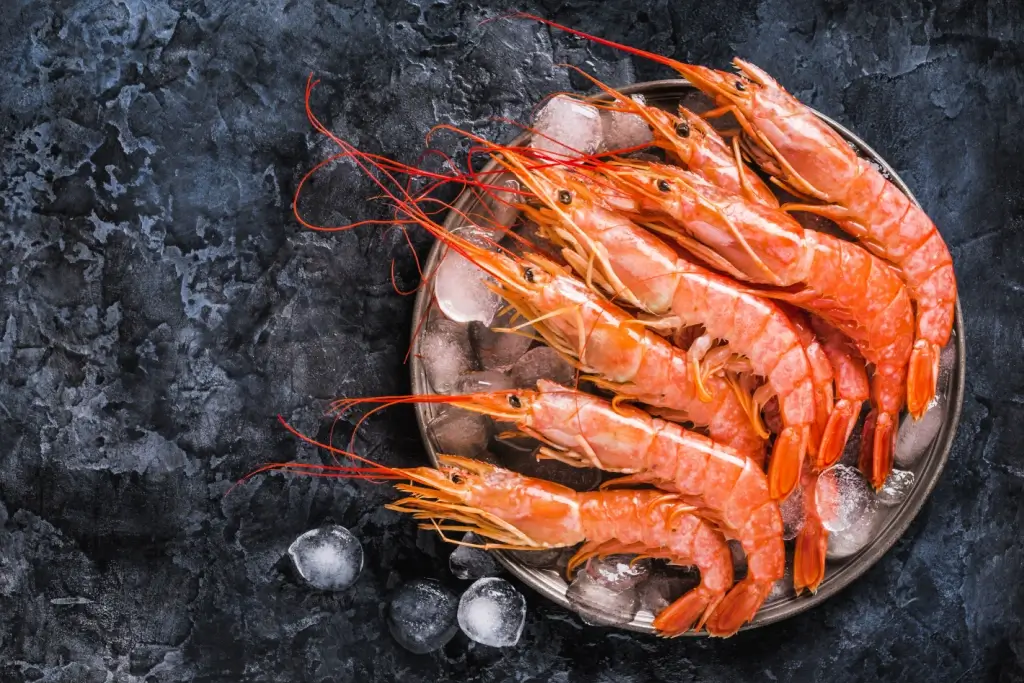
Chefs often coat these prawns in a light, crispy tempura batter and serve them with dipping sauce. They also shine in nabe hotpot, where their flavor infuses the broth, creating a rich and savory base. Grilled black tiger prawns, brushed with soy sauce and butter, are a winter favorite, delivering smoky and umami flavors. These prawns are common ingredients for sushi lovers in nigiri or as a topping for rice bowls!
Yesso Scallop
Fishermen harvest Yesso scallops from the icy waters of Hokkaido during winter. Seafood lovers prize these scallops for their large size, tender texture, and naturally sweet flavor. They’re incredibly plump during the colder months, making winter the best time to enjoy them. Rich in protein, vitamin B12, and omega-3 fatty acids, yesso scallops are as nutritious as they are delicious.
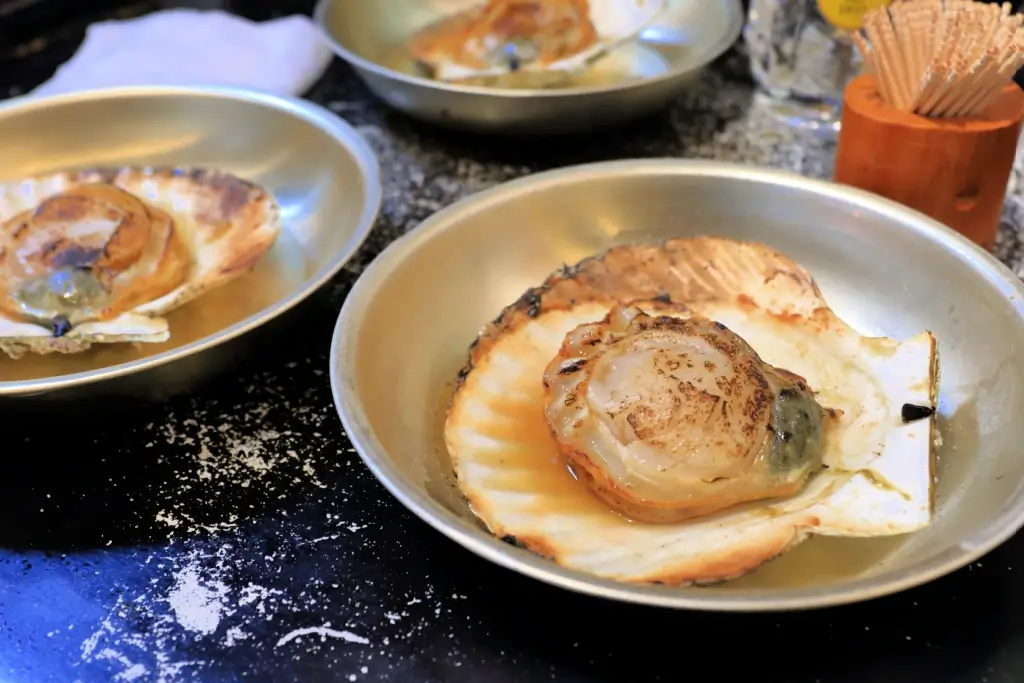
In Japanese cooking, yesso scallops are often grilled with butter and soy sauce, enhancing their natural sweetness. They are also popular for sashimi, served raw with a dash of soy sauce and wasabi. In winter hot pots, scallops add depth and richness to the broth while maintaining their firm texture. You’ll also find yes scallops in seafood stir-fries or as a topping for creamy gratins.
Bonito
Bonito, a type of skipjack tuna, has a bold flavor and firm, meaty texture. While it is quite famous for its use in making katsuobushi bonito flakes, fresh bonito is a treasure in its own right. Bonito is also an excellent source of protein and essential nutrients. The fish becomes fattier and more flavorful in winter, making it an ideal choice for hearty dishes. Its robust taste makes it a favorite among those who enjoy intense, savory flavors.
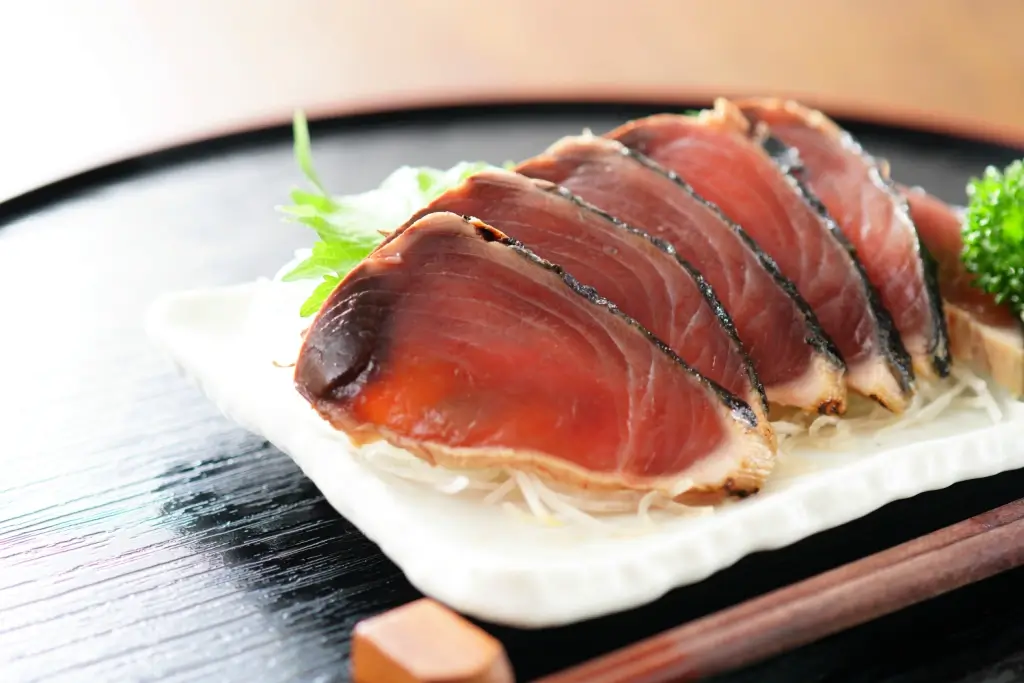
Chefs commonly serve fresh bonito as tataki, a dish that showcases the fish’s raw and cooked textures through light searing and precise slicing. They pair the fish beautifully with ponzu sauce, grated ginger, and green onions for a refreshing dish. Cooks also use bonito in simmered dishes, allowing the fish to absorb the rich flavors of soy sauce, mirin, and sake-based broths. Sushi chefs frequently feature bonito as a topping for nigiri.
Are you looking for interesting food to try this year? Check out Sakuraco! Check out Sakuraco! Sakuraco delivers traditional Japanese snacks, teas, and sweets from local Japanese makers directly to your door so you can enjoy the latest treats directly from Japan!
Mirugai
Mirugai, or horse clam, is a seafood delicacy prized for its unique texture and subtle sweetness. Known for its long, tubular shape, its firm, crunchy texture contrasts softer seafood options. Mirugai is often harvested during winter months when its flavor and quality peak. It is also rich in minerals and low in fat, making it a healthy choice for adventurous eaters!
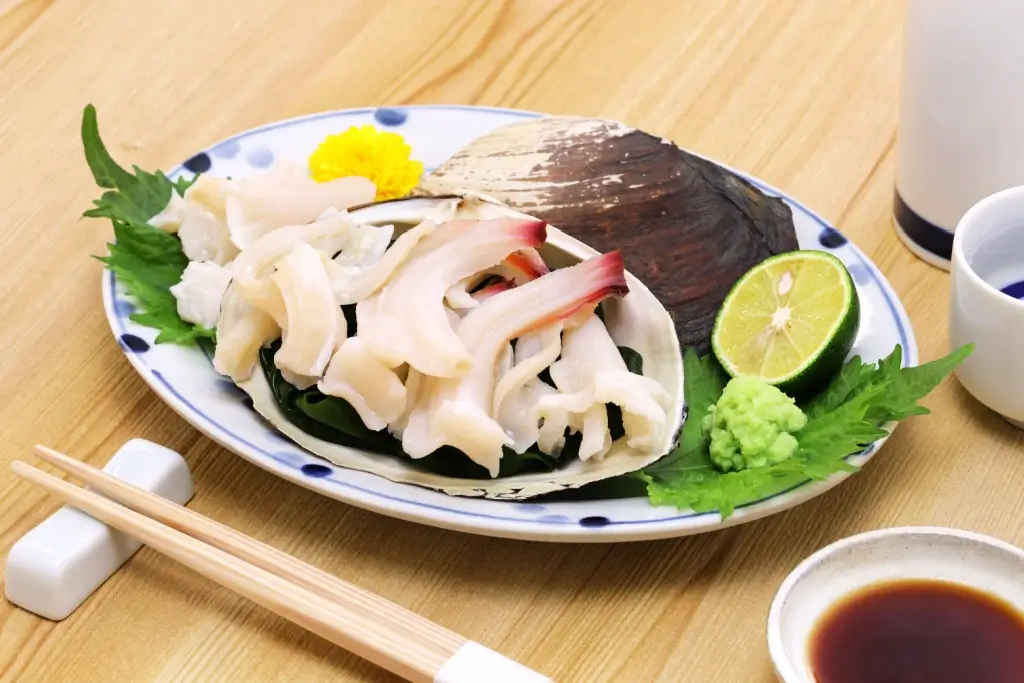
In Japanese cuisine, mirugai is served raw as sashimi, accompanied by soy sauce and wasabi, to highlight its natural sweetness. It’s also a popular addition to hot pot dishes, where its firm flesh absorbs the flavors of the broth. Grilled mirugai, seasoned with salt or soy sauce, creates a smoky twist. Sushi enthusiasts enjoy mirugai as nigiri, whose slightly chewy texture matches vinegared rice.
Why should I try these Japanese fish for my next meal?
People enjoy Japanese fish because they offer a variety of flavors, textures, and culinary possibilities. Winter is the ideal season to try them, as many fish and seafood are at their peak quality during this time. These seafood options provide luxury and nutrition, making them perfect for cold-weather comfort. They also glimpse Japan’s culinary traditions, where fresh ingredients and simple preparations are key.
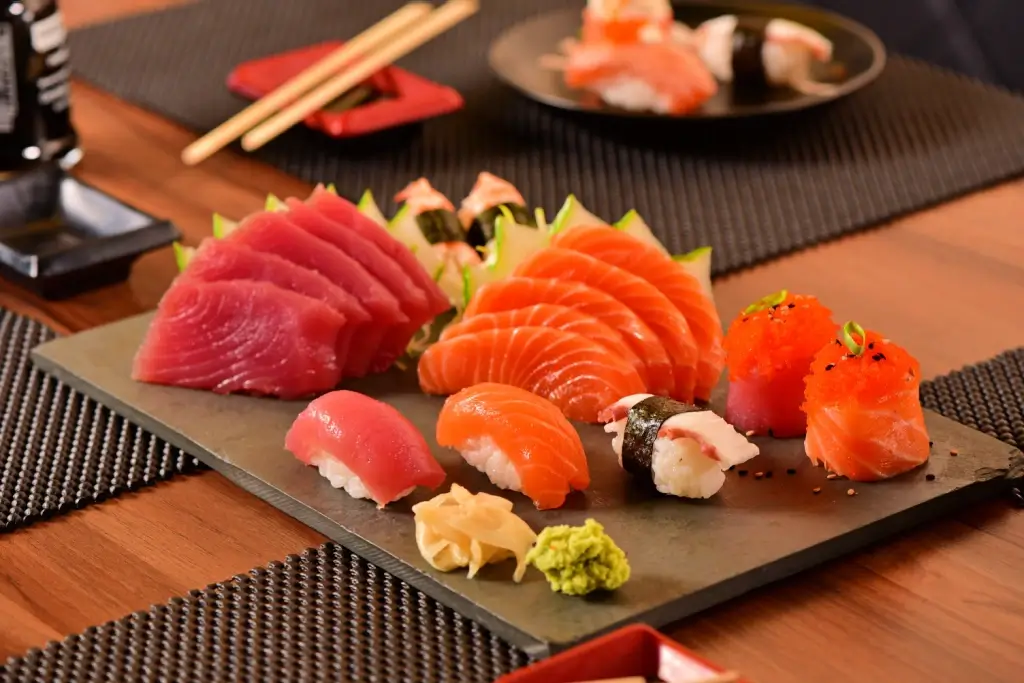
These seafood options can be adapted to various dishes, from grilled preparation to sushi. Their distinct flavors ensure something to suit every palate, whether you prefer mild sweetness or bold umami. By trying these delicacies, you’ll discover new tastes and textures that elevate your appreciation for seafood. Make your next meal memorable by exploring the world of Japanese fish and seafood! Have you tried any of these Japanese fish before? Which one did you like the best? Let us know in the comments below!

